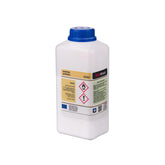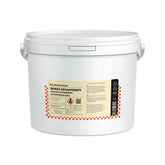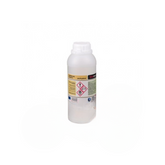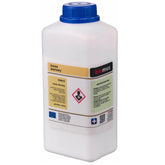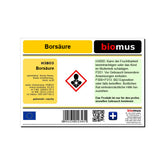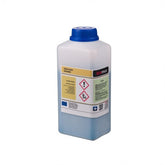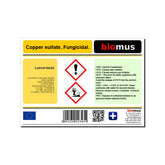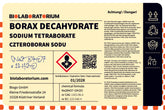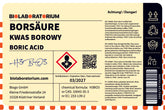Quinoline – A versatile nitrogen compound with numerous applications
Quinoline is a fascinating heterocyclic nitrogen compound that finds diverse applications in the chemical industry. With its unique molecular structure and special properties, quinoline has proven to be a valuable building block for the development of numerous products and materials. In this blog post, we will take an in-depth look at the characteristics and technical applications of quinoline.
The chemical structure and properties of quinoline
Quinoline is an aromatic, heterocyclic hydrocarbon composed of a benzene ring and a pyridine ring. This combination gives quinoline a broad spectrum of chemical and physical properties that make it interesting for many applications.
On a molecular level, quinoline is characterized by high stability and reactivity. The delocalized π-electron system provides pronounced aromaticity, making quinoline a relatively unreactive molecule. At the same time, the nitrogen-containing pyridine structure offers attack points for various chemical reactions.
Furthermore, quinoline possesses interesting optical properties. It absorbs light in the ultraviolet and visible wavelength ranges and can exhibit fluorescence under certain conditions. This property makes quinoline a valuable building block for dyes and luminescent materials.
Production and extraction of quinoline
Quinoline can be synthesized in various ways. One of the most common methods is the Skraup synthesis, where aniline and glycerol are converted to quinoline under acid catalysis. Other synthesis routes use, for example, the reaction of o-aminobenzaldehyde with acetoacetic ester or the condensation of benzaldehyde with acetaldehyde and ammonia.
In addition to synthesis, quinoline can also be obtained from natural sources. It occurs in small quantities in coal tar, wood tar, and other distillation products and can be isolated from them. However, this extraction method now plays only a minor role, as synthesis is more cost-effective and efficient.
Applications of Quinoline in the Chemical Industry
Due to its versatile properties, quinoline finds numerous applications in the chemical industry. Some of the most important areas of application are:
Dyes and Pigments
Quinoline-based dyes and pigments have a long tradition in textile dyeing and paint manufacturing. Compounds such as quinoline dyes or quinoline yellow have been used in industry for decades to color fabrics, paints, and plastics.
Pharmaceuticals and Active Ingredients
Quinoline also plays a significant role in medicine and pharmacy. Quinoline derivatives such as quinine, chloroquine, or mefloquine are used as antimalarial drugs and other pharmaceuticals. Additionally, quinoline compounds serve as starting materials for the synthesis of further pharmaceutical active ingredients.
Materials Chemistry and Polymers
Quinoline can also be utilized in materials chemistry. Quinoline-based polymers and copolymers are used for technical applications such as high-performance plastics, coatings, or membranes. Quinoline also plays an important role in the development of organic semiconductor materials.
Agrochemicals and Plant Protection
Last but not least, quinoline is used in agricultural chemistry. Quinoline derivatives can serve as fungicides, insecticides, or herbicides, thus contributing to plant protection.
This list demonstrates how versatile quinoline is in the chemical industry. From dyes to pharmaceuticals to specialty chemicals – the nitrogen compound quinoline is a valuable building block for numerous products and materials.
Outlook and Research Activities
The importance of quinoline in the chemical industry remains unbroken. Current research activities focus on further optimizing the synthesis and derivatization of quinoline to unlock new application possibilities.
Particularly in the fields of organic electronics, materials science, and catalysis, quinoline-based compounds offer promising perspectives. New applications are also constantly being explored in medicinal chemistry and agricultural technology.
With its unique molecular structure and resulting properties, quinoline will continue to play an important role in the chemical industry. The versatility of this nitrogen compound still holds great potential for innovative applications.
